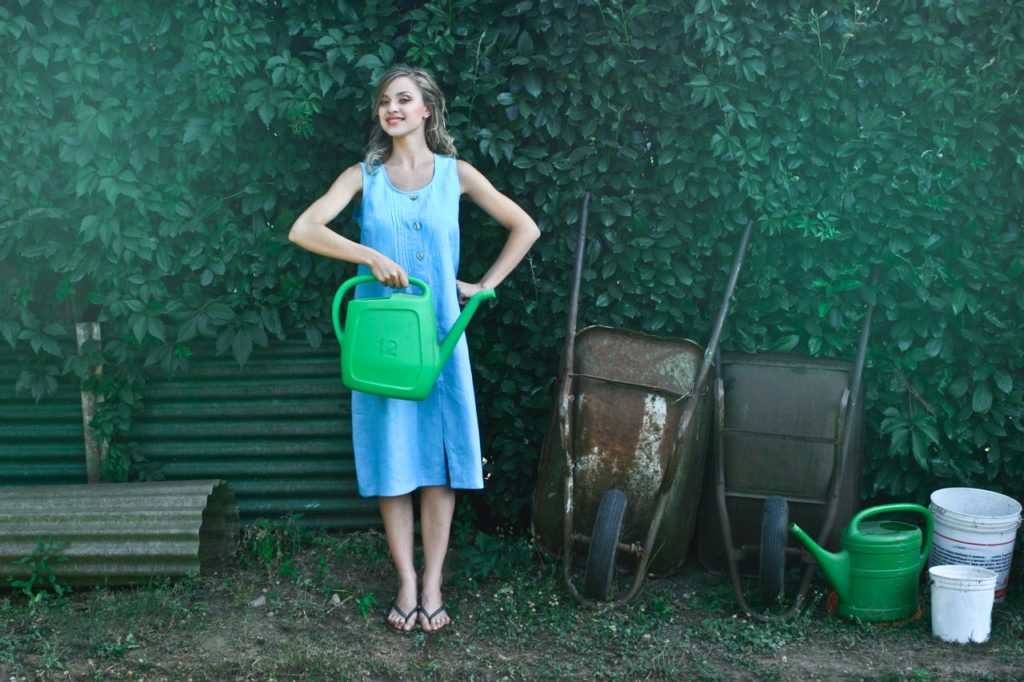Many people prefer to buy an old house than to build a new one. Old properties tend to be cheaper, larger, and many of them have interesting designs and stories. And since old houses tend to be situated in well-established neighborhoods, you can expect better architecture and quality of life. Best of all, you don’t have to wait. You can move in right away once you’ve finalized the paperwork.
But it’s not without its challenges. Older houses are more expensive to insure and come with their own set of problems. And if you want to buy a property that’s been sitting empty for a while, you might need to spend a bit more on cleanup and repairs. Buildings tend to fall apart if there’s no one around to maintain them.
An overgrown garden is a sure sign that a property has been neglected. You’ll need to work hard to restore it to its former glory, and there’s no assurance that it will turn out the way you want it. You’re essentially starting from scratch, but that doesn’t mean that everything should be thrown away. There are a few things you can do to bring a dying garden back to life. Let’s begin.
1. Clear the area of debris
The first thing you need to do is to clean the garden. You can’t work if you don’t can’t see where you’re working, so take this opportunity to remove all the dead plants and debris in the area. If the property has a few trees, there’s bound to be a heavy buildup of dead leaves and branches. Broken branches have to be collected by hand, but you can use a lawnmower to pulverize dead leaves into smaller bits. You can even use the shredded leaves for plant nutrition.
If there are many decaying leaves, you need to assume that there’s a mold infestation in your garden. After cleanup, hire a professional to give your garden a thorough spray to kill any mold and disease-causing vectors. It’s best to pull everything out than risk disease coming back after replanting.
Get the all-clear from a professional gardener before doing any planting work. You need to be careful when removing old garden beds, as beneficial insects such as ladybugs use them for hibernation during the winter months. You can start replanting once you’re confident that the area is safe and disease-free.

2. Check the trees
Mature trees grow nonstop, especially if the conditions are right. Without regular prunings, tree branches can pose a safety risk to people. Have an arborist inspect the health of the trees on your property. Dead branches will have to be removed, as they could fall without warning and injure a person or damage your home.
Meanwhile, dead trees have to be cut down. A mature tree can easily weigh thousands of pounds, and if it were to come down on its own, you could end up with thousands of dollars in property damage and even hospital bills. You can also be held liable if the tree injures a passerby. A certified arborist can perform tree cutting and stump grinding.
3. Eliminate weeds
Nothing kills a garden faster than a weed infestation. You may need to raze the garden down to the roots if the area is overrun with weeds. While it sounds drastic, it’s the only way to prevent an infestation. The weeds will return if you only cut the top layer.
Once you’ve gotten your new garden up and running, you’ll need to practice best garden care practices to ensure it doesn’t regress. Don’t overwater the lawn, use shredded leaves as mulch, and set the lawnmower to the correct mowing height. You also may want to spray herbicide once in a while to prevent weed growth. But wait until the weeds have formed leaves to ensure herbicide absorption.
If all else fails, you can always tear out the old lawn and replace it with low-maintenance wildflowers. You won’t have to spend as much time maintaining the garden, and it’s more cost-effective and eco-friendly. You also get to support local beneficial insects by giving them a steady source of food.
A final word
Reviving a dead garden is hard work, and these three tips will help you restore its former glory. While there might be a lot of heavy lifting initially, you will be rewarded with a healthier and more vibrant garden down the line. Don’t forget to follow proper garden care to ensure it stays healthy and clean.

